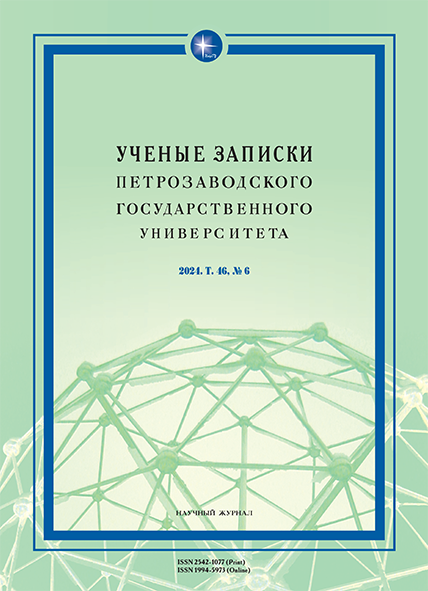ХУДОЖЕСТВЕННАЯ ИНТЕРПРЕТАЦИЯ ИСТОРИИ В РОМАНЕ ДЖ. БОЙНА «МАЛЬЧИК В ПОЛОСАТОЙ ПИЖАМЕ»
ARTISTIC INTERPRETATION OF HISTORY IN JOHN BOYNE’S NOVEL THE BOY IN THE STRIPED PYJAMAS
Author(s): Elena Sergeevna SedovaSubject(s): Language and Literature Studies, Studies of Literature
Published by: Петрозаводский государственный университет
Keywords: John Boyne; The Boy in the Striped Pyjamas; Holocaust; fable; history; fiction; artistic space;
Summary/Abstract: The relevance of the article lies in addressing the currently unexplored issue of correlation between fiction and historical truth in John Boyne’s novel The Boy in the Striped Pyjamas. The writer creatively reworks historical material (regarding World War II and the tragedy of the Holocaust) in order to arouse readers’ interest in historical events and to discuss complex moral and ethical issues (friendship, betrayal, choice, family, spiritual values, etc.).The aim of the article is to analyze the correlation between documentary and fiction in Boyne’s novel The Boy in the Striped Pyjamas. Using the cultural-historical and the hermeneutic methods, the author comes to the conclusion that Boyne does not seek to give an accurate account of historical events: instead, he creates a fable, the purpose of which is to address the ethical side of the issue. A special place in the narrative is given to the child’s perception of what is happening – from a naïve and fantasy-filled child’s point of view, not overloaded with drama. The paper analyzes the artistic space of the novel, which consists of such important components (and historical markers at the same time) as the town of Out-With itself, the name of which emphasizes the idea of the characters being thrown out of life, the camp –a symbol of death, and the fence – the separation of people. The friendship between boys of different ethnic origins, which forms the basis of the plot of The Boy in the Striped Pyjamas, is perceived as the idea of equality of all people regardless of ethnicity. Using the linguistic method, the author of the article studies the original Boyne’s novel and its Russian translation in order to highlight the most significant moments lost in translation (e. g., the speculations about the meaning of the name of the town Out-With). Thus, John Boyne’s novel is a combination of documentary and fiction, which gives it a parable-like tone.
Journal: Ученые записки Петрозаводского государственного университета
- Issue Year: 46/2024
- Issue No: 6
- Page Range: 88-96
- Page Count: 9
- Language: Russian

